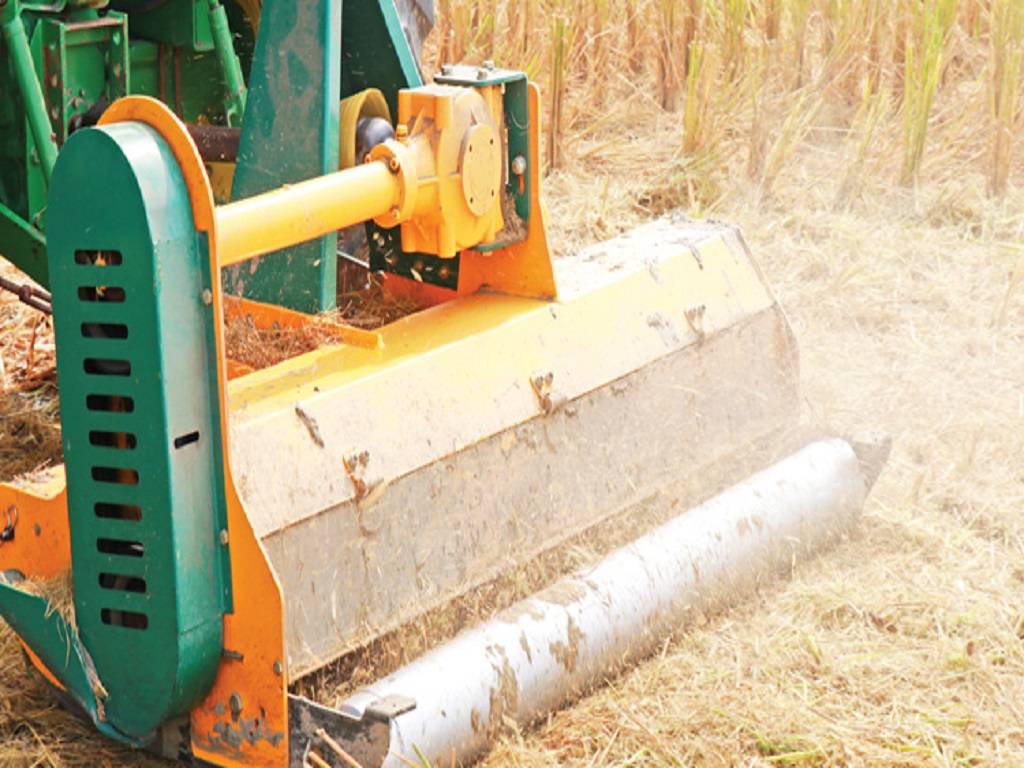
The machine is being given away for free to a group of farmers, panchayats and blocks samitis in an effort to urge them to avoid stubble burning.
Punjab Agriculture University (PAU) and Haryana Agriculture University (HAU) provided technical expertise and support for the programme.
Along with financial aid from various organizations, the CII- foundation managed to cover 12 districts of Punjab and Haryana with 300 villages, 50,000 farmers and 3,00,000 acres of farmland. They have village-level community volunteers who play real-time support to farmers in building awareness and changing their behavior.
Kuldeep Sengar, Project Manager CII foundation, in a conversation with Krishi Jagran mentioned their target farmers consist of small and marginal farmers. They are offering adequate training and help to these farmers not just throughout the harvest season, but also in the subsequent phases.
He went on to say that adding stubble to the farm improves soil health, which leads to greater production rates. They are displaying the results to farmers so that they understand why they should use this strategy.
Jagdish Singh, a farmer from Mungo village Patiala stated “It was difficult to breathe in earlier years due to smoke. There were road accidents in the village due to low visibility. With the use of machines now we are recycling excess biomass in our farms itself. Not only are they helping reduce pollution, but the soil is also becoming more fertile and richer in nutrients. We will further continue to improve our crop residue management program in the next few years.”
This is a solution to the current scenario of increasing stubble burn pollution and is also a beneficial strategy for enhancing farmer produce, Sengar said in the conversation.
The stubble burning has reduced by 84 per cent in intervened villages with nearly 80 per cent of farmers adopting this crop residue management strategy.
Sengar stated that this is a solution to the current situation of handling stubble burn pollution as well as a helpful technique for improving farmer production.
















